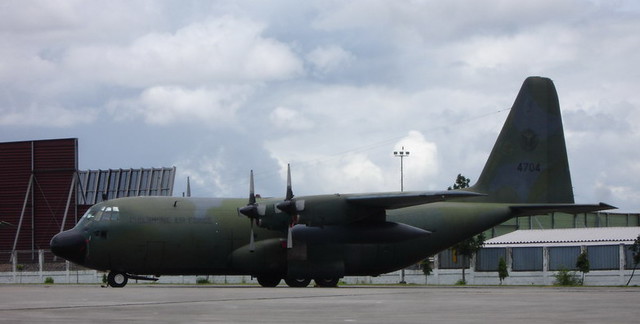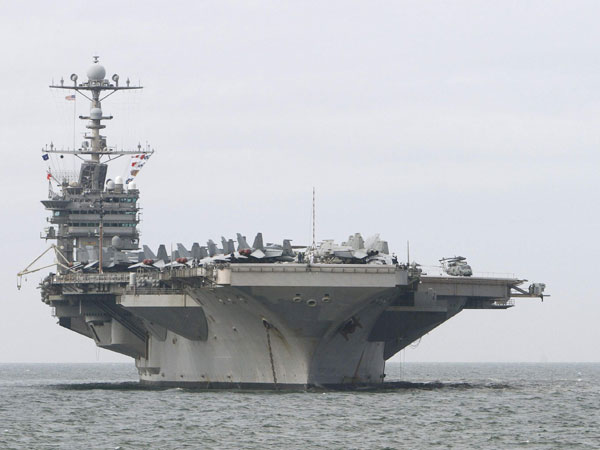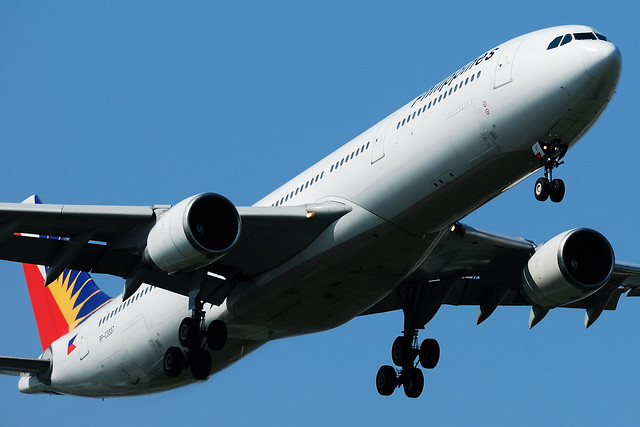In response to the French lobby of lifting RP ban

By Eric B. Apolonio
The European Union has remained non-committal on the possibility of lifting the ban on Philippine carriers from flying to Europe.
EU Commissioner for Transport Siim Kallas even told Vice-President Jejomar Binay that “when it comes to air safety, we don’t’ have friends.”
Siim Kallas, however, assured Binay that the ban “was not meant to discriminate against non-EU carriers,” since European carriers were not immune from the same ban if they fail to meet the US strict air safety standards.
Kallas said that the Union had always put a premium on air safety and in “maintaining professionalism and “regularity of safety inspections.”
“When it comes to safety, we don’t have friends,” he said. The main issue for the Philippines, Kallas said, was “maintaining the professionalism and regularity of air safety inspections.”
The EU banned Philippine carriers from flying to Europe starting in April 1, 2010, following the decision of the United States Federal Aviation Administration to downgrade the Philippines’ rating to Category 2 from Category 1 starting on January 17, 2008.
The FAA said that the Air Transportation Office of the Philippines “did not fully satisfy international safety standards.”
Binay, who was in Europe as part of his three-nation swing, including a visit to Vatican City, where he represented President Benigno Aquino III during the canonization of Pedro Calungsod, said he had assured Kallas that the country had already sought technical assistance from other governments to improve the Philippines’ air safety standards.
“I informed the commissioner that the Philippines had sought technical assistance from the French government to improve air safety standards, and that Philippine Airlines, which is now under new management, had just ordered 54 airbus aircraft in line with its re-fleeting program,” said Binay, who arrived on Monday from Europe via Hong Kong.
Binay said the current International Civil Aviation Organization-coordinated validation mission in Manila on October 24-28, 2012 to assess the current capabilities of the CAAP regarding safety oversight and in compliance with ICAO standards and Recommended Practices showed the country’s desires to lift the European Union ban on Philippine carriers.
In response, Kallas said the Union “was very interested in developing an air safety agreement with the Philippines.”















